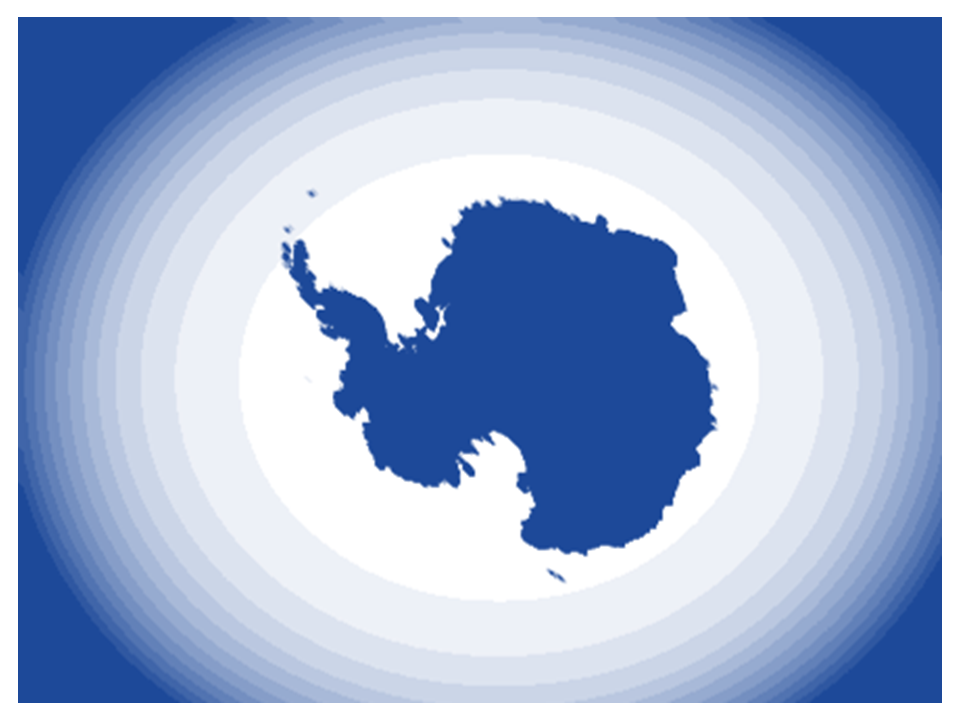Pick Up
861. Signs of Destabilization in Antarctic Sea Ice

861. Signs of Destabilization in Antarctic Sea Ice
Sea ice conditions in both the Arctic and Antarctic are expected to decline to unprecedented levels as the seasons change in the northern and southern hemispheres. Recent analysis of satellite data indicate that Antarctic sea ice is projected to shrink by 1 million square kilometers below the minimum recorded in 1986, although there is considerable variability in these estimates.
The potential destabilization of Antarctic sea ice, which has been resilient to global warming, is a growing concern among researchers. The consequences of Antarctic sea ice destabilization could reverberate throughout the Earth's complex systems. Antarctica's vast ice surface has played a critical role in moderating global temperatures by reflecting the sun's energy and cooling the water surrounding the ice. As sea ice retreats, the dark sea surface absorbs sunlight instead of reflecting it, leading to an increase in water temperature and an acceleration of ice melt - a feedback loop known as the ice-albedo feedback. This transformation from Earth's refrigerator to its radiator raises concerns about the loss of Antarctica's cooling effect.
Geographically isolated from other continents and surrounded by oceans, Antarctica has maintained its distinctive weather and climate system. In particular, Antarctic sea ice expanded during the winter months until 2016. However, a heat wave in March 2022 significantly altered this pattern, pushing temperatures in eastern Antarctica to minus 10°C (-10°F) instead of the expected minus 50°C (-40°F). This anomaly, coupled with the new record for lowest sea ice extent, raises a powerful flag, signaling a fundamental shift in Antarctica's climate system, which has been somewhat shielded from the pervasive effects of global warming.
Contributor: IIYAMA Miyuki (Information Program)
